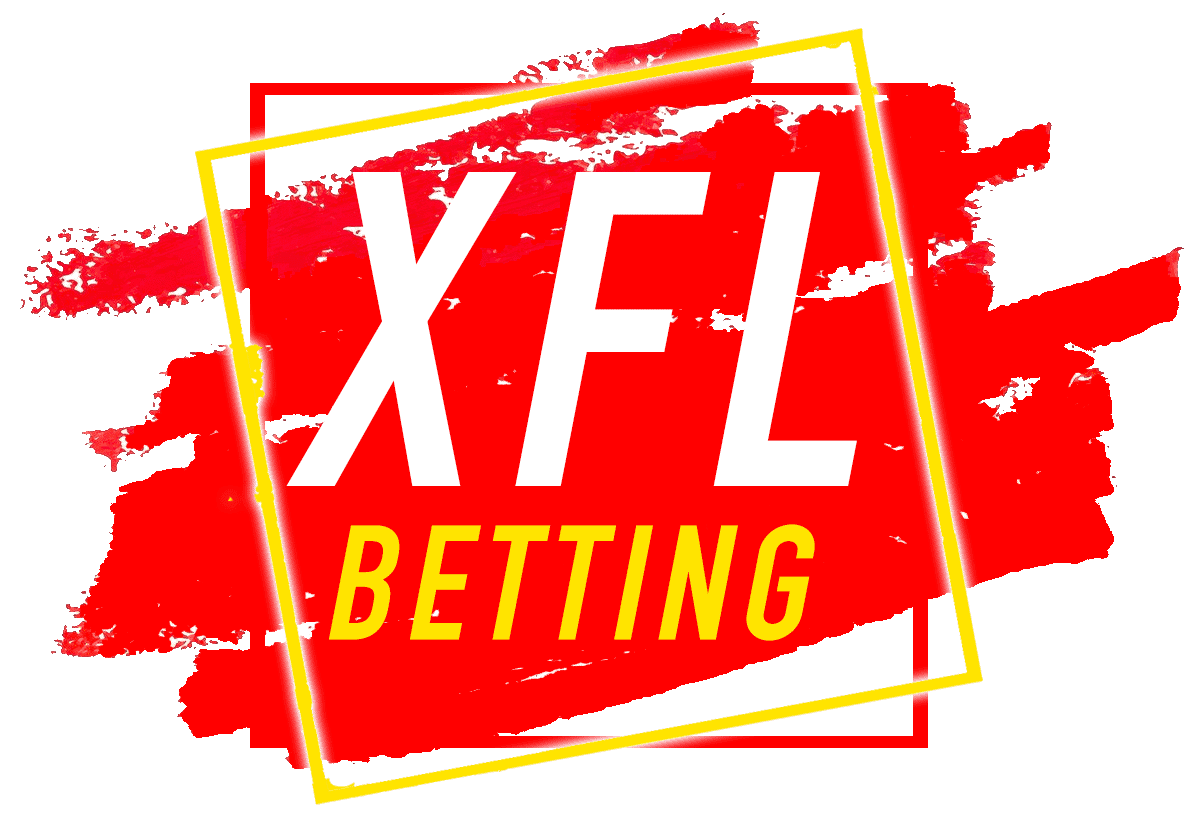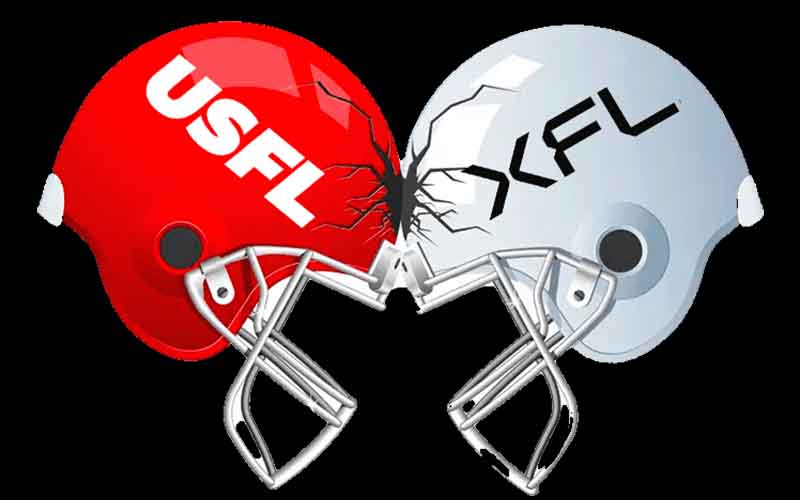In the spring of 2024, two pro football leagues will merge to create one in hopes of greater financial prosperity going forth. Nothing is concrete save for the two league’s intent to combine.
Both entities are now working toward an agreement that will fall in line with current business-related regulations. No details have been given on how the ownership will be divvied up, what the league’s name will be, or how many teams will remain active.
The USFL currently runs from April to July and would’ve begun its sixth season next spring. Their first iteration began in 1983 and shuttered in 1986 after attempting to go head-to-head against the NFL in the fall.
The United States Football League began anew in 2001 while the XFL was dormant and planning its 2023 return.
The XFL would’ve started their fourth overall season in February 2024. This would have marked the first time the XFL had played consecutive seasons, as operations were ceased following their 2001 and 2020 campaigns.
In 2023, the two leagues went up against each other, potentially splitting their already dismal television ratings. Will two negatives create a positive? What seems certain is that either the XFL or the USFL will fail if they continue to compete directly.
In a perfect world, the newly formed league would retain the XFL’s timeline of beginning the weekend after the Super Bowl and concluding with the championship game in May. This allows XFL players to join NFL camps, whereas the USFL’s timeline overlaps the beginning of the National Football League’s preseason practices.
Unlike the original USFL, both spring football leagues have no intention of competing with the NFL. Instead, they want to serve as a launching pad for a talented pool of players that may have been initially overlooked.
Several players from both leagues have become members of NFL rosters, with some even having long-lasting success.
Both feature eight total league-owned franchises, but it is uncertain how many of those teams will be retained following the 2024 merger. At this early juncture, there is no indication of how these teams would be divided into conferences or divisions.
The USFL used hub cities instead of home stadiums, a strategy that has resulted in poor attendance. The XFL used host cities, with some of them adopting the team and showing up to games in droves. The XFL’s Seattle Sea Dragons and St. Louis Battlehawks are two teams that absolutely must be retained.
Keeping the hub city approach would negatively impact the future of the new league. After two full USFL seasons, there are still cities that have yet to see their team play in person.
Retaining sixteen teams is unrealistic, but twelve seems like a nice round number. Each conference/division could be split into six teams, with both the USFL and XFL removing their two least profitable franchises from the mix.
We’re keeping our eyes peeled for more information on this merger, so stay tuned as we’ll report on new details as they emerge.

